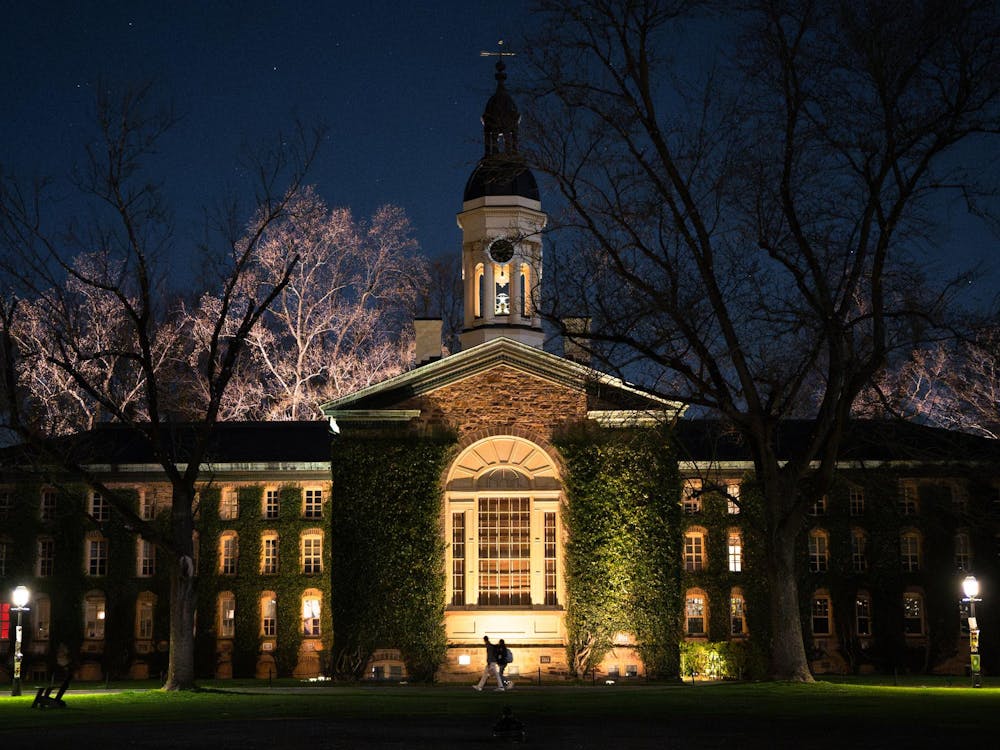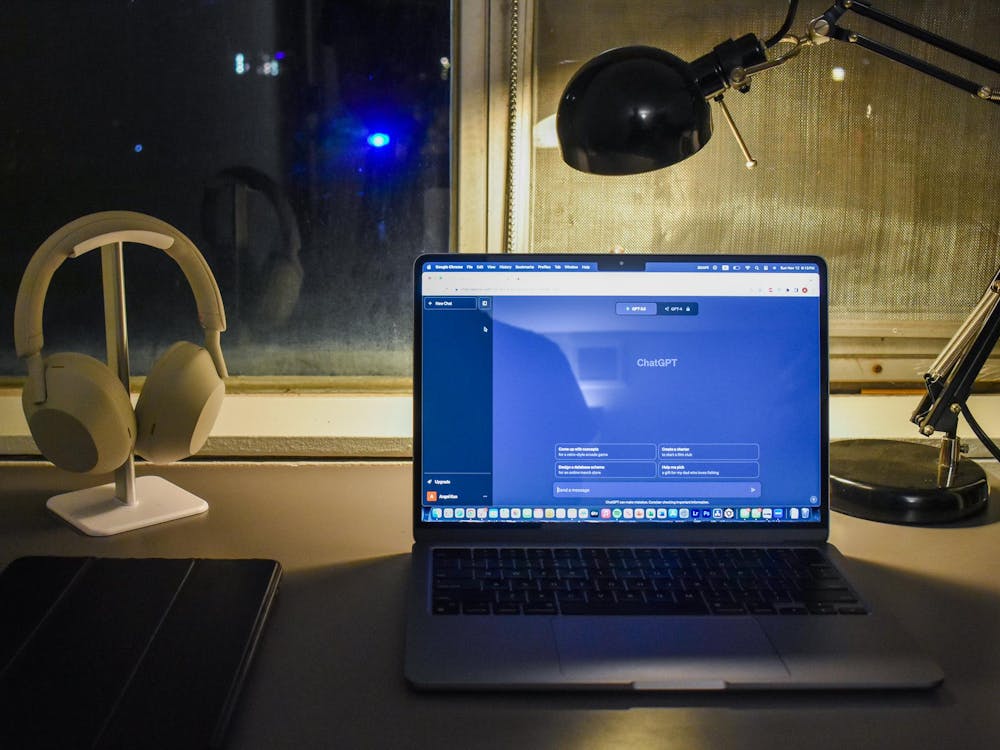The weekend before last, a group of Princeton students hopped in an S.U.V. and drove up to Harvard for the Fifth Pan-Collegiate Conference on the Mixed-Race Experience for two days of socializing and discussion with other multiracial college students from around the country. More important than the talks on such pressing issues as interracial dating, multiracial modeling, relations with 'purebloods' and having parents from different cultures was the completely new sense of community. I'd never seen so many multiracial people in one place, so many people who looked like me. I'd always prided myself on eschewing self-segregating racial groups, yet here were my own people, and it was intensely comforting to be among them. It was actually strange to walk out into Harvard Square for lunch during the conference and see myself surrounded by single-race people. At last I understood the draw of associating with one's own ethnic group. It was intoxicating, and perhaps if we had stayed a bit longer, addicting.
Princeton boosters make much of the sense of community on campus. Through community — the administration hopes — a better, livelier campus life might evolve. Through community — the development office hopes — alumni might feel a sense of belonging and open their checkbooks for the glory of Princeton. Numerous actions are taken not only to build this community but also to engage in social engineering: People from different races and distant geographical regions always seem to end up as roommates freshman year. Yet each starry-eyed freshman class is soon riven with division. People head off in every direction: sports teams, religious groups, theater groups, dance troupes, fraternities, sororities, the 'Prince' and other publications and many other organizations — especially black, white, Latino, Asian and other racial groups. The trend toward self-segregation is strong at Princeton, especially once the eating clubs come into play. Association with whomever you wish is a right guaranteed in the Constitution, and the tendency to seek out people who are similar to you is natural. Yet four years here have taught me that in comfort lies Princeton's greatest strength — as well as its greatest weakness. Princeton is a very comfortable place. And why shouldn't it be? Comfort rarely fails to produce happy students, and remembered comfort produces happy alumni. We have resources beyond the imagination of ordinary folk with which to carry on our studies. We only go to class four days a week, for the most part. We spend four years with our intellectual peers, unhindered by the mediocrity of the outside world. But alas, we have used these resources to segregate ourselves into sub-communities that mirror those of the outside world. It is the comfortable thing to do. Princeton students are not necessarily apathetic: They are actively satisfied with their communities here at Princeton, and when they are not, they retreat to the point where they are. It is hard to resist the siren call to associate with our own kind. I point no fingers; I am as guilty as the next person. If the draw to other multiracial people is so strong, who almost by definition do not share a common culture, the pull for traditional racial and ethnic groups must be even stronger.
But if this mirrors the real world, what's the problem? Even if official attempts at social engineering or ameliorating race relations are often contrived and feeble, the opportunity that Princeton provides simply by putting such an intelligent, diverse group of 18- to 22-year olds on one campus surpasses anything to be found in the outside world. We are all motivated people. In fact, we are part of the future elite of the United States and possibly many other countries as well. We should be able to leave our personal comfort behind in search of relationships with people of different races, ethnicities or socioeconomic classes. And we should be able to do this on our own.
But how should we go about this? The keynote speaker at the mixed-race conference provides an answer. Speaking specifically on half-Asian mixed-race people, she said she rejects the idea of forming a new racial community, which is just another voice in identity politics. Instead, she envisions using mixed-race people as a means to redefine the concepts of race and community. In a world where large numbers of mixed-race people exist, single-race communities become less and less relevant. Likewise, at Princeton perhaps we can use the fact that we are all successful, motivated, intelligent people to build a new sense of community, one where race and ethnicity, among other dividers, are less relevant. Only then would Princeton become a true community.
(Justin Hastings is a Wilson School major from Bedford, Mass. He can be reached at justinh@princeton.edu)







